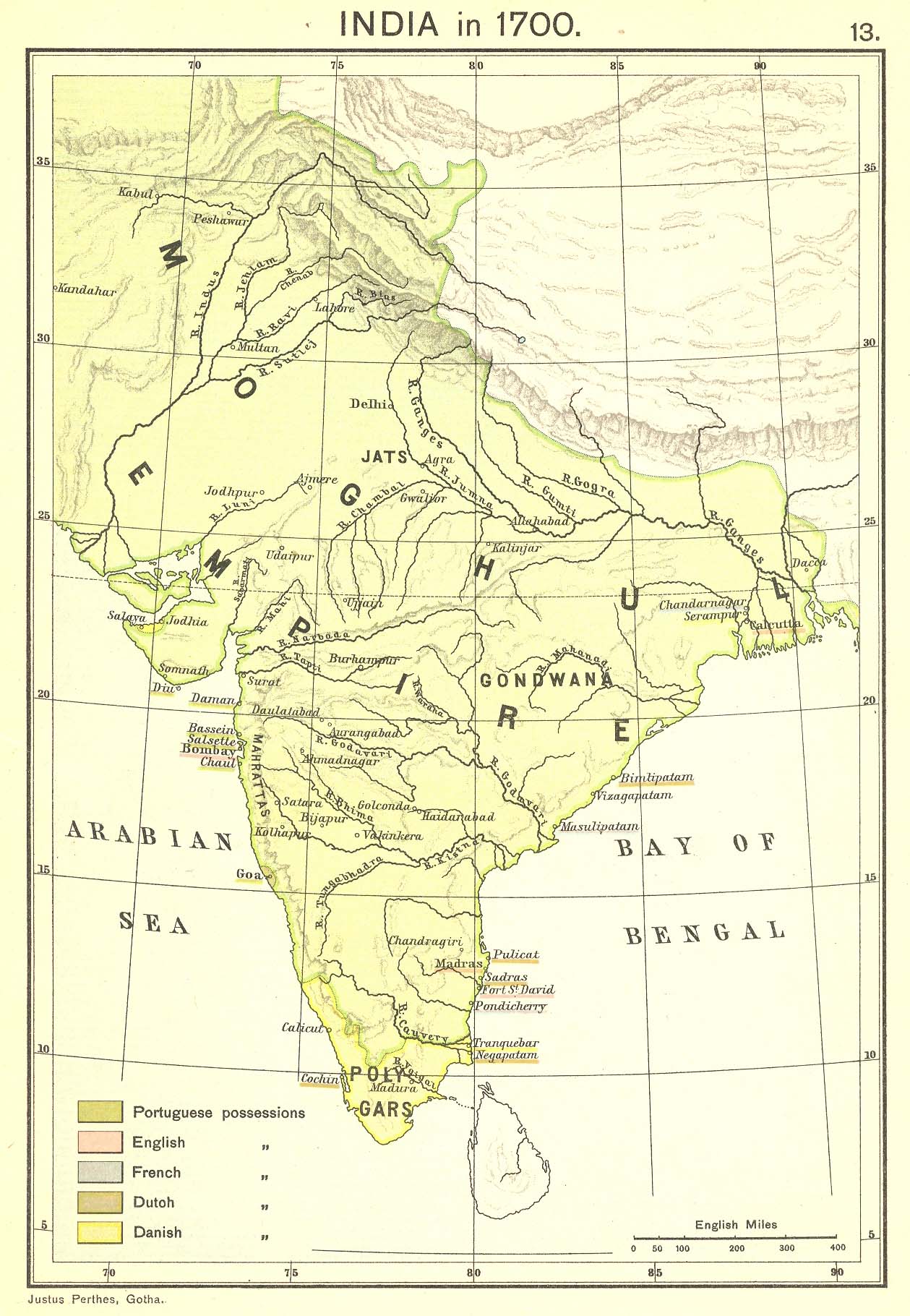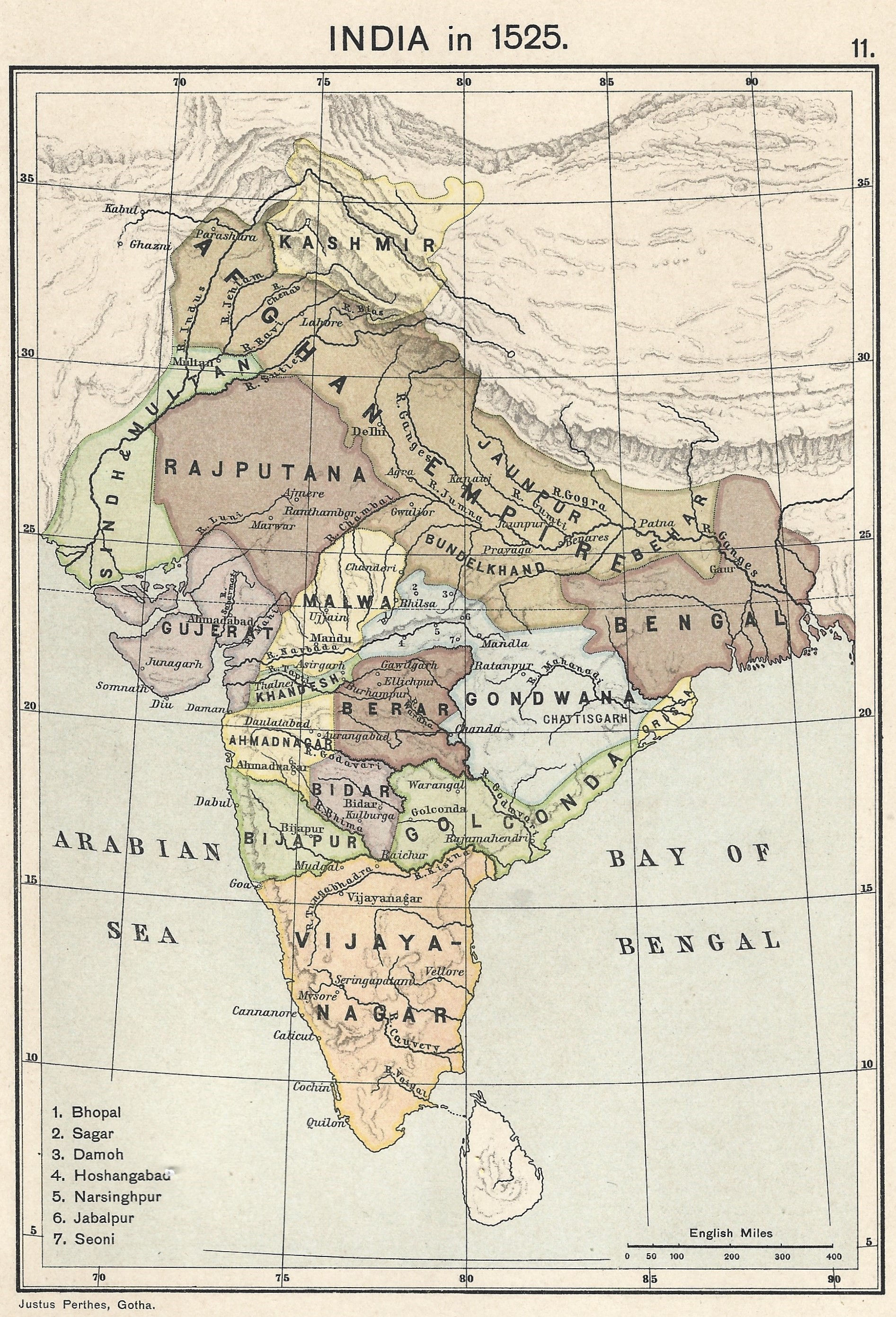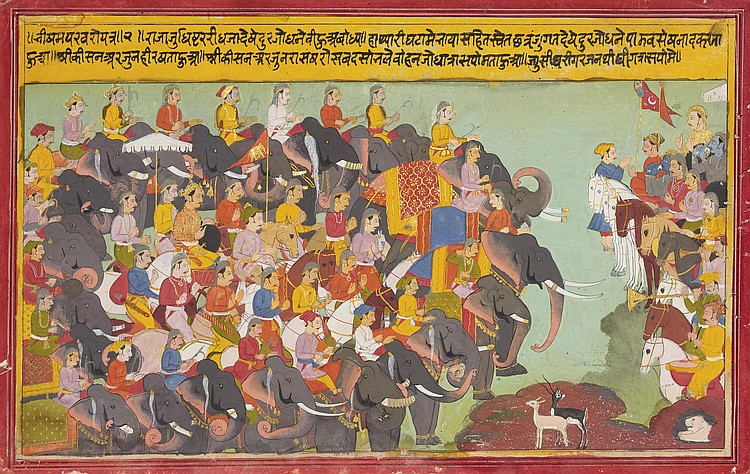|
Jansath
Jansath is a town and a nagar panchayat in Muzaffarnagar district in the Indian state of Uttar Pradesh. Geography Jansath is located at . It has an average elevation of 232 metres (761 feet). Demographics India census, Jansath had a population of 17,782. Males constitute 53% of the population and females 47%. Jansath has an average literacy rate of 55%, lower than the national average of 65.38. Male literacy is 64%, and female literacy is 45%. In Jansath, 18% of the population is under 6 years of age. There are two major religions: Hindu and Islam. History Jansath is a small town in western Uttar Pradesh, the north-western part of India, about 118 km from the National Capital of Delhi. This is a historical town and many stories are linked to it since the time of Mahabharat. An old temple, where the Kauravas and Pandvas played dice and lost their kingdom, is on the southern outskirts of Jansath and is known as "Mahadev ka Mandir". The area has one of the largest c ... [...More Info...] [...Related Items...] OR: [Wikipedia] [Google] [Baidu] |
Muzaffarnagar District
Muzaffarnagar district (, ) is a district of Uttar Pradesh state in northern India. It is part of Saharanpur division. The city of Muzaffarnagar is the district headquarters. This district is the part of National Capital Region. History Medieval period Muzaffarnagar's early medieval history is obscure till the Indo-Mughal period. Timur's army had marched to Delhi through this region in 1399; its people fought it unsuccessfully. In Mughal Emperor Akbar's time, most of the Muzaffarnagar district region, called Sarwat then under the Mahal control of Tagas / Tyagis of Sarvat village, belonged to the sarkar (circle) of Saharanpur. Akbar bestowed pargana of Sarwat on Sayyed Mahmud Khan Barha which remained with his descendants up to the 17th century. Munawwar Lashkar Khan Barha established the city and named it Muzaffarnagar in honour of his father, Sayyid Muzaffar Khan, otherwise known as Khan-i-Jahan during the reign of Shah Jahan, after which Sarwat also became Muzaffarnaga ... [...More Info...] [...Related Items...] OR: [Wikipedia] [Google] [Baidu] |
Sayyid Brothers
The Sayyid brothers were Hassan Ali Khan Barha, Abdullah Khan II and Hussain Ali Khan Barha, Syed Hussain Ali Khan, two powerful Mughal Empire, Mughal nobles who were active during the decline of the Mughal Empire. They were Punjabi Muslims belonging to the Sadaat-e-Bara clan of the Barha dynasty, who claimed to be Sayyids or the descendants of the Islamic prophet Muhammad. Their claim was generally not accepted, and they were said to be descendants of peasants from Punjab who migrated to the eastern part of Muzaffarnagar, Uttar Pradesh. According to historian Richard M. Eaton, they were "as native to South Asia as were Jats, Rajputs or Marathas." The brothers became highly influential in the Mughal court after Aurangzeb's death in 1707 and became de facto sovereigns of the empire when they began to seat and unseat emperors. They restored Mughal authority to Ajmer in Rajasthan with the surrender of Maharaja Ajit Singh, and the Jat leader Churaman. During their rule, the Sikh reb ... [...More Info...] [...Related Items...] OR: [Wikipedia] [Google] [Baidu] |
Sayyid Hassan Ali Khan Barha
Nawab Sayyid Hassan Ali Khan Barha (1666 – 12 October 1722), also known as Qutub-ul-Mulk, Nawab Sayyid Mian II, Abdullah Khan II, was one of the Sayyid brothers, and a key figure in the Mughal Empire under Farrukhsiyar. He was the eldest son of the Nawab of Ajmer, Sayyid Mian Abdullah Khan I and later inherited his father's titles as well as the name Abdullah Khan but was also frequently referred to as ''Qutb al mulk'', "Pivot of the Realm". Deposing emperors at their own will, both Abdullah Khan and his brother Hussain Ali Khan became the most powerful figures in early 18th century Mughal court. Ancestry Hussan Ali belonged to the Barha dynasty, which claimed to be descendants of Muhammad, or Sayyids, this claim was always dubious. Emperor Jahangir, although noting that people questioned their lineage, considered their bravery as a proof of their claims. They took much pride in their Indian ancestry, and according to the American historian Richard M. Eaton, were "as n ... [...More Info...] [...Related Items...] OR: [Wikipedia] [Google] [Baidu] |
Sayyid Hussain Ali Khan Barha
Nawab Sayyid Hussain Ali Khan Barha (1666 – 8 October 1720), officially Itisham-ul-Mulk, was a kingmaker of the later Mughal Period. He is best known for ordering the death of Emperor Farrukhsiyar, largely in an attempt to halt the numerous assassination attempts that the latter had ordered against him and his brother Abdullah Khan Barha. Hussain Ali Khan rose as a kingmaker in early 18th century India, when he was concurrently the Mughal governor of Ajmer and Aurangabad in the Deccan. Both Hussain Ali Khan and his brother, Abdullah Khan, had a hand in the installation or deposition (or both) of several emperors to the throne at Delhi, including: Bahadur Shah I, Jahandar Shah, Farrukhsiyar, Rafi ud Darajat, Shah Jahan II, Ibrahim and Muhammad Shah. The brothers eventually became de facto rulers of the sub-continent by the early 18th century, at a time when India's economy was the largest in the world. Early life and family Barha was the second son of the Nawab of Ajmer ... [...More Info...] [...Related Items...] OR: [Wikipedia] [Google] [Baidu] |
WikiProject Indian Cities
A WikiProject, or Wikiproject, is an affinity group for contributors with shared goals within the Wikimedia movement. WikiProjects are prevalent within the largest wiki, Wikipedia, and exist to varying degrees within Wikimedia project, sibling projects such as Wiktionary, Wikiquote, Wikidata, and Wikisource. They also exist in different languages, and translation of articles is a form of their collaboration. During the COVID-19 pandemic, CBS News noted the role of Wikipedia's WikiProject Medicine in maintaining the accuracy of articles related to the disease. Another WikiProject that has drawn attention is WikiProject Women Scientists, which was profiled by ''Smithsonian Magazine, Smithsonian'' for its efforts to improve coverage of women scientists which the profile noted had "helped increase the number of female scientists on Wikipedia from around 1,600 to over 5,000". On Wikipedia Some Wikipedia WikiProjects are substantial enough to engage in cooperative activities with outsi ... [...More Info...] [...Related Items...] OR: [Wikipedia] [Google] [Baidu] |
Hindu
Hindus (; ; also known as Sanātanīs) are people who religiously adhere to Hinduism, also known by its endonym Sanātana Dharma. Jeffery D. Long (2007), A Vision for Hinduism, IB Tauris, , pp. 35–37 Historically, the term has also been used as a geographical, cultural, and later religious identifier for people living in the Indian subcontinent. It is assumed that the term ''"Hindu"'' traces back to Avestan scripture Vendidad which refers to land of seven rivers as Hapta Hendu which itself is a cognate to Sanskrit term ''Sapta Sindhuḥ''. (The term ''Sapta Sindhuḥ'' is mentioned in Rig Veda and refers to a North western Indian region of seven rivers and to India as a whole.) The Greek cognates of the same terms are "''Indus''" (for the river) and "''India''" (for the land of the river). Likewise the Hebrew cognate ''hōd-dū'' refers to India mentioned in Hebrew BibleEsther 1:1. The term "''Hindu''" also implied a geographic, ethnic or cultural identifier for ... [...More Info...] [...Related Items...] OR: [Wikipedia] [Google] [Baidu] |
Sadaat-e-Bara
Sadat e-Bara sometimes pronounced Sadaat-e-Bahara, are a tribe of Islam in Uttar Pradesh, Indian Muslim Sayyids, originally Elite or Noble Sayyid families situated in the present-day Muzaffarnagar district of Uttar Pradesh in India. This community had considerable influence during the early 18th century Mughal Empire. Its members were also found in Hyderabad, Karnal District and Haryana, Gujarat & Karnataka, Maharashtra state in India. Some of the members of this community have migrated to Pakistan after independence and have settled in Karachi, Khairpur State in Sind and Lahore. History Role in the Mughal empire The Barha Sayyid tribe was famous throughout the country for its obstinate valour and love of fight, as well as religious fervour. The tribe traditionally composed the vanguard of the imperial army, which they alone held the hereditary right to lead in every battle. Aurangzeb's warning to his sons to be cautious in dealing with the Sayyids of Barha, "''...because a ... [...More Info...] [...Related Items...] OR: [Wikipedia] [Google] [Baidu] |
Mughal Empire
The Mughal Empire was an Early modern period, early modern empire in South Asia. At its peak, the empire stretched from the outer fringes of the Indus River Basin in the west, northern Afghanistan in the northwest, and Kashmir in the north, to the highlands of present-day Assam and Bangladesh in the east, and the uplands of the Deccan Plateau in South India.. Quote: "The realm so defined and governed was a vast territory of some , ranging from the frontier with Central Asia in northern Afghanistan to the northern uplands of the Deccan plateau, and from the Indus basin on the west to the Assamese highlands in the east." The Mughal Empire is conventionally said to have been founded in 1526 by Babur, a Tribal chief, chieftain from what is today Uzbekistan, who employed aid from the neighboring Safavid Iran, Safavid and Ottoman Empires Quote: "Babur then adroitly gave the Ottomans his promise not to attack them in return for their military aid, which he received in the form of the ... [...More Info...] [...Related Items...] OR: [Wikipedia] [Google] [Baidu] |
Sayyid
''Sayyid'' is an honorific title of Hasanid and Husaynid lineage, recognized as descendants of the Islamic prophet Muhammad through his daughter Fatima and Ali's sons Hasan ibn Ali, Hasan and Husayn ibn Ali, Husayn. The title may also refer to the descendants of the family of the Bani Hashim through the Prophet’s great-grandfather Hashim ibn Abd Manaf, Hashim, and others including Hamza ibn Abd al-Muttalib, Hamza, Abbas ibn Abd al-Muttalib, Abbas, Abu Talib ibn Abd al-Muttalib, Abu Talib, and Asad ibn Hashim. Etymology A few Arabic, Arabic language experts state that it has its roots in the word ''al-asad'' , meaning "lion", probably because of the qualities of valor and leadership. The word is derived from the verb sāda, meaning to rule. The title seyyid/sayyid existed before Islam, however not in light of a specific descent, but as a meritocratic sign of respect. Hans Wehr's ''Dictionary of Modern Written Arabic'' defines seyyid as a translation for master, chief, sov ... [...More Info...] [...Related Items...] OR: [Wikipedia] [Google] [Baidu] |
Kaurava
''Kaurava'' is a Sanskrit term which refers to descendants of Kuru, a legendary king of India who is the ancestor of many of the characters of the epic ''Mahabharata''. Usually, the term is used for the 100 sons of King Dhritarashtra and his wife Gandhari. Duryodhana, Dushasana, Vikarna and Chitrasena are the most popular among the brothers. They also had a sister named Dussala and a half-brother named Yuyutsu. Etymology The term ''Kauravas'' is used in the ''Mahabharata'' with two meanings , *The wider meaning is used to represent all the descendants of Kuru. This meaning, which includes the Pandava brothers, is often used in the earlier parts of popular renditions of the ''Mahabharata''. *The narrower but more common meaning is used to represent the elder line of the descendants of Kuru. This restricts it to the children of King Dhritarashtra, excluding the children of his younger brother, Pandu, whose children form the Pandava line. The rest of this article deals ... [...More Info...] [...Related Items...] OR: [Wikipedia] [Google] [Baidu] |
Islam
Islam is an Abrahamic religions, Abrahamic monotheistic religion based on the Quran, and the teachings of Muhammad. Adherents of Islam are called Muslims, who are estimated to number Islam by country, 2 billion worldwide and are the world's Major religious groups, second-largest religious population after Christians. Muslims believe that Islam is the complete and universal version of a Fitra, primordial faith that was revealed many times through earlier Prophets and messengers in Islam, prophets and messengers, including Adam in Islam, Adam, Noah in Islam, Noah, Abraham in Islam, Abraham, Moses in Islam, Moses, and Jesus in Islam, Jesus. Muslims consider the Quran to be the verbatim word of God in Islam, God and the unaltered, final revelation. Alongside the Quran, Muslims also believe in previous Islamic holy books, revelations, such as the Torah in Islam, Tawrat (the Torah), the Zabur (Psalms), and the Gospel in Islam, Injil (Gospel). They believe that Muhammad in Islam ... [...More Info...] [...Related Items...] OR: [Wikipedia] [Google] [Baidu] |








